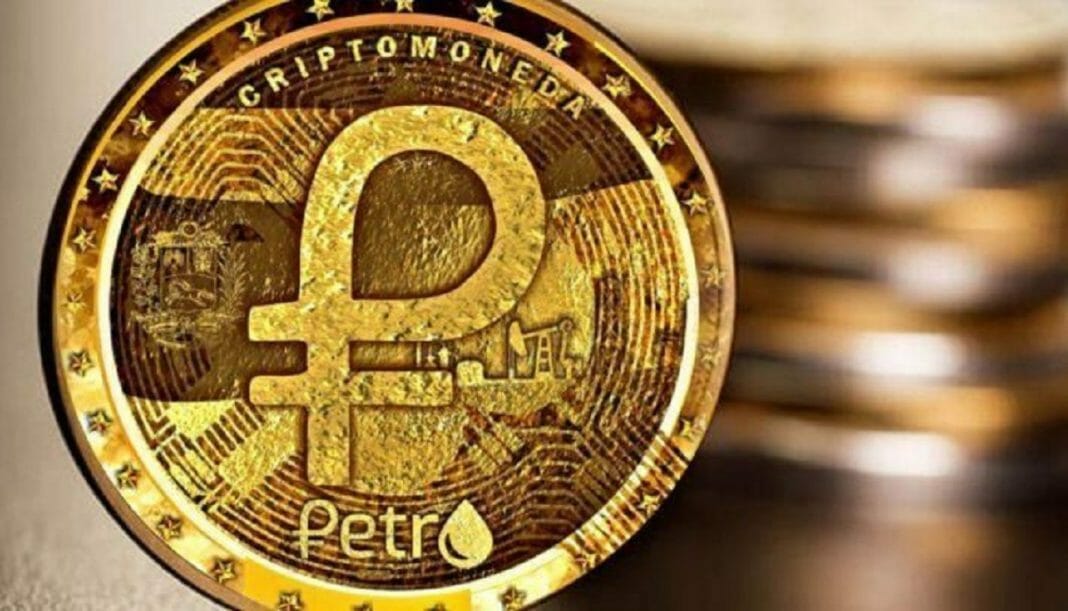The inflationary rise in recent years and devaluation are affecting the value of the Argentine peso. Some Venezuelans commonly use bolivar banknotes to create works of art.
Among the factors that may be leading the peso (ARS) to become a collector’s item with no real monetary value, the most prominent are the inflationary rise in recent years and the sharp devaluation of the Argentine fiat currency.
Since Néstor Kirchner’s presidency (2003-2007), the average annualized inflation rate per presidency has escalated from 11.6% to 40% in the era of Mauricio Macri. The situation has become worse at present during Alberto Fernández’s government with a rebound of 53.8% inflation, only in 2019; being the highest since 1991.
The Argentine peso is also suffering depreciation, compared to other national fiat currencies such as the US dollar. This “contempt” for the local fiat currency further was accelerated due to the coronavirus pandemic.
Last March 20th, when the Fernández government decreed the mandatory quarantine, the Argentine peso exhibited an exchange rate of 85 units per dollar in the parallel market. However, two months later, this rate was already 125 Argentine pesos per US dollar, in a country with new exchange controls imposed since 2019. In the official market, the current exchange rate per US dollar is 68 Argentine pesos.
These elements reflect in the cost for the country to produce the 1-peso coin, for example. In Argentina, making a coin of this denomination is more expensive than its actual monetary value, something that would also happen with coins of two, five, and 10 pesos.
By combining these indicators and assuming that the government does not apply corrective measures on time, Argentina might experience something that is usual Venezuela. Hyperinflation and the devaluation of the national fiat currency and consecutive years of economic recession have led some Venezuelans to create works of art, figures, toys, or costumes with banknotes that have no value.
From Devaluation to Art
For years Venezuelans have turned bolivar banknotes into canvas to give wings to their creativity. Even from abroad, bolivars have also served for multiple artists to express allegorical themes to the first cryptocurrency, Bitcoin, for example.
The factors that led this situation to occur in Venezuela are the same that are taking place in Argentina, but on a much larger scale in the oil-producing country. In 2018, hyperinflation reached 1.7 million in percentage terms, is the highest in the world. In 2019, according to the finance committee of the National Assembly, the figure fell to 7,374.4%, once again with the worst record on a global scale.
In the case of Venezuelan artisans working with worthless banknotes, they require up to 800 pieces to make a purse or about 400 to make a small hat.
Besides, hundreds of designs have been captured on the front of the 2, 5, 10, 20, 50, 100, 200, or 500 bolivars banknotes of the previous monetary cone, as though they were toy money. Some represent characters from the “Star Wars” saga, the Simpsons, the Joker, or some natural Venezuelan monuments.
Artists such as Karina Monaca, Rubby Cobain, and Jon Tompkins are giving worthless Venezuelan banknotes new value when turning them into works of art alluding to Bitcoin. While the main cryptocurrency is currently trading at USD 9,075.10, the Venezuelan currency has experienced the worst hyperinflation in the world.
By Willmen Blanco










